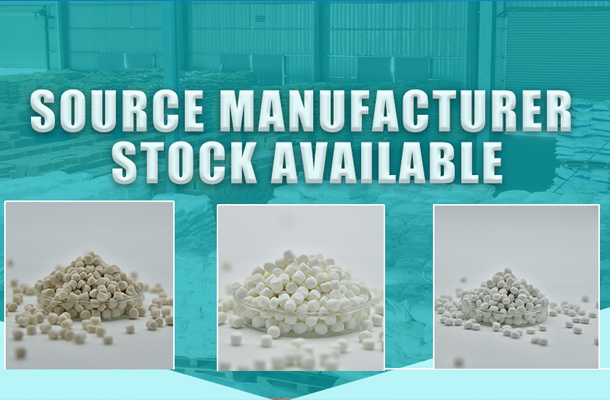Apologies for the confusion earlier regarding the MBTS abbreviation. Let's clarify the difference between MBTS (Morpholine Butylated Thiocarbamyl Sulfide) and MBT (Mercaptobenzothiazole), two distinct rubber accelerators used in the rubber industry:
MBTS (Morpholine Butylated Thiocarbamyl Sulfide)
This appears to have been a misunderstanding or typo in the context of rubber accelerators. The common accelerator often discussed in conjunction with MBT is actually CBS (Cyclohexylbenzothiazole Sulfide) or TBBS (N-Tertiary Butyl-2-Benzothiazole Sulfenamide). These are sulfenamide-type accelerators, so let's correct and clarify with CBS/TBBS instead of MBTS:
- Chemistry: CBS and TBBS belong to the sulfenamide class of accelerators, characterized by the presence of a sulfenamide group (-N-S-R).
- Function: They serve as delayed action accelerators, offering excellent scorch safety and promoting a more uniform cure throughout the rubber compound. They enhance the dispersion of sulfur and are particularly useful for achieving high modulus and fatigue resistance.
- Benefits: Improved processing safety, high efficiency in sulfur utilization, and better control over the vulcanization process.
MBT (Mercaptobenzothiazole)
- Chemistry: MBT is a thiuram derivative with a mercaptan group (-SH) that readily interacts with sulfur.
- Function: It acts directly as an accelerator, reacting with sulfur to form active intermediates that participate in cross-linking rubber molecules. MBT also has direct interaction with rubber chains through its mercaptan group.
- Benefits: Provides a balanced set of physical properties to the rubber, including good tensile strength and abrasion resistance, although it may offer less scorch protection compared to sulfenamides.
Difference Summary:
- Chemical Structure and Class: MBT is a thiuram derivative, while CBS/TBBS are sulfenamides, belonging to different classes of accelerators with different functional groups.
- Reaction Mechanism: MBT directly reacts with sulfur and rubber chains, whereas CBS/TBBS decompose under vulcanization conditions to release sulfur-containing radicals that participate in cross-linking.
- Vulcanization Control: CBS/TBBS are known for their delayed action and superior scorch safety, making them ideal for controlling the onset of vulcanization. MBT, while efficient, requires more careful monitoring to prevent premature vulcanization (scorch).
- Performance Characteristics: The combination of these accelerators can be used to tailor the vulcanization process, with CBS/TBBS enhancing the efficiency and control, and MBT contributing to a balanced set of physical properties in the final product.
In practical applications, the choice between or combination of these accelerators depends on the specific requirements of the rubber compound, such as processing conditions, desired properties of the final product, and economic considerations.








